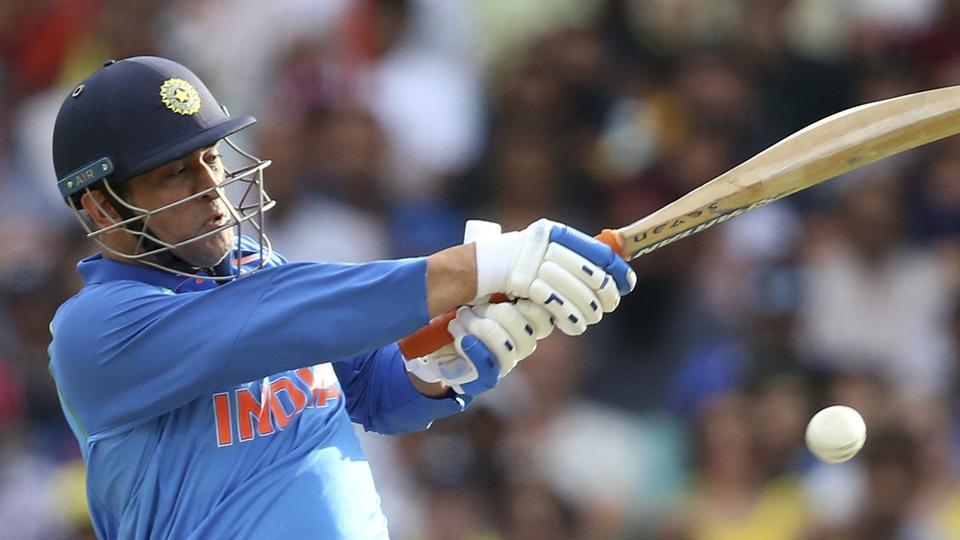Connected at two hundred mph: How 5G is reworking auto racing and beyond
Share

Modern race vehicles are effective computer systems on four wheels. High-pace-connectivity technologies like 5G and Wi-Fi Six have given racing groups remarkable real-time information, from engine temperatures to the tires’ grip. And there may be no shortage of real-international applications for these effective tools. During a June panel discussion at Cisco Live 2019, two industry leaders mentioned those changes. Their insights have helped steer the world’s pleasant automobile racing teams—and forward-looking groups—into the winner’s circle. The following is an abbreviated transcript of their conversation.
Paul, may you begin by telling us a piece about McLaren Applied Technologies?
Paul Spence, chief technologist, McLaren Applied Technologies: We started as an electronics department at McLaren Racing. And now we’re a separate corporation. We provide electronics for all Formula One groups and groups at NASCAR and Indy Car. But that’s a small marketplace. So we’ve taken the technology we’ve evolved for motorsport to the real world. In rail, it’s imparting passenger wi-fi. In automotive, it’s secure to prevent modules in autonomous vehicles. In healthcare, it’s improving well-being through our virtual sensors.
Can you explain the importance of actual-time statistics and how it allows F1 groups to be extra competitive?
PS: In the U.S., maximum vehicle racing is on oval tracks. In Formula One, it’s on metropolis streets or tracks out in the usa—they all have 10 to fifteen turns. And the cars are doing up to 230 miles an hour. So it’s a large push on generation. A big engineering pastime goes on in all of the F1 teams.
Off our automobiles, we’re collecting around 2,000 key performance indicators (KPI) directly from sensors or virtual sensors. And that information is despatched in real-time to the engineers in the garage who’re making selections, in addition to the engineer’s lower back at the manufacturing unit. They must cope with essential engineering sports: Is the gadget running as it must be? And are we extracting the most performance? The performance of a racecar is a compromise, coping with a large number of variables.
PS: Absolutely. Connectivity and capturing large volumes of data don’t resolve all the troubles—you’ve got to use that fact. Regularly, that is about building a virtual model, and knowing what that version is tells you approximately what’s occurring inside tal vehicle. Having a high-velocity connectivity method, you could constantly broaden that version and get better intelligence. You can do your commercial enterprise better because that model is your core intelligence.
Moving off the racetrack, these gear styles must have many international programs. Greg, what’s your attitude on that high-velocity connectivity technology? Greg Dorai, vice chairman, product control/business enterprise wi-fi, answers, Cisco: Thinking widely approximately the actual global, one massive modern fashion is the immersive revel. There are many heaps of portions of facts that need to visit the cloud and get driven right lower back. That closed-loop is what we’re seeking to do with excessive-pace connectivity. But you furthermore might want latency measured in milliseconds. In a race-automobile situation, a whole second can be too late if you want to break.
Not long ago, cell apps were just small-screen variations of what you noticed on a computer. But Uber changed all that with a black dot and relevant real-time facts. And extra programs have continued to deliver that form of immersive digital experience. It’s also crucial to ensure you’re centered on the proper statistics on your enterprise and presenting it so that you can quickly discover the information you need to look at.
GD: Certainly. And I’ll use every other example to convey this to lifestyles, this time in retail. You stroll into a shop, and the retailer desires to deliver an exceptional experience. Like many others, you’ve done your shopping at home using the retailer’s app, and you’re coming into the shop to select your purchases. When you input the shop, the infrastructure must understand you’ve walked in. Your profile needs to get pushed to a person in the store immediately. And that associate will welcome you and say, “Welcome, Paul. I recognize you’re here to pick out your goggles, and here they are.” That’s a brilliant revel in.
So, area-primarily based technology included with the app is not race-automobile velocity. However, it may be that the entire closed-loop creates an immersive experience in a bodily keep. Let’s shift this communique to area computing, wherein actual strategies are not executed in the cloud but on the tool itself. Paul, what do you see with race automobiles running in this next-generation era?
PS: We’ve been doing what you describe as side computing for the long term. You couldn’t send all that information if we looked at high-frequency stuff on the auto. You collect it and decrease and extract the handiest what you want. Take an ignition device. We must reveal the ignition contemporary at around a hundred kilohertz, a lousy lot of facts to percentage. But one in a hundred thousand misfires truly fails. So we collect and deliver those facts. Motorsport is all about the race to develop matters speedily. So, you have to have efficient processes and visibility to help us recognize when it works and when it doesn’t.














